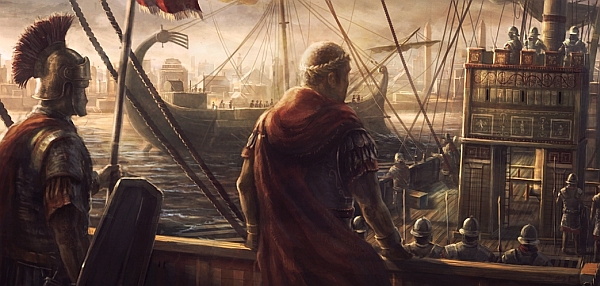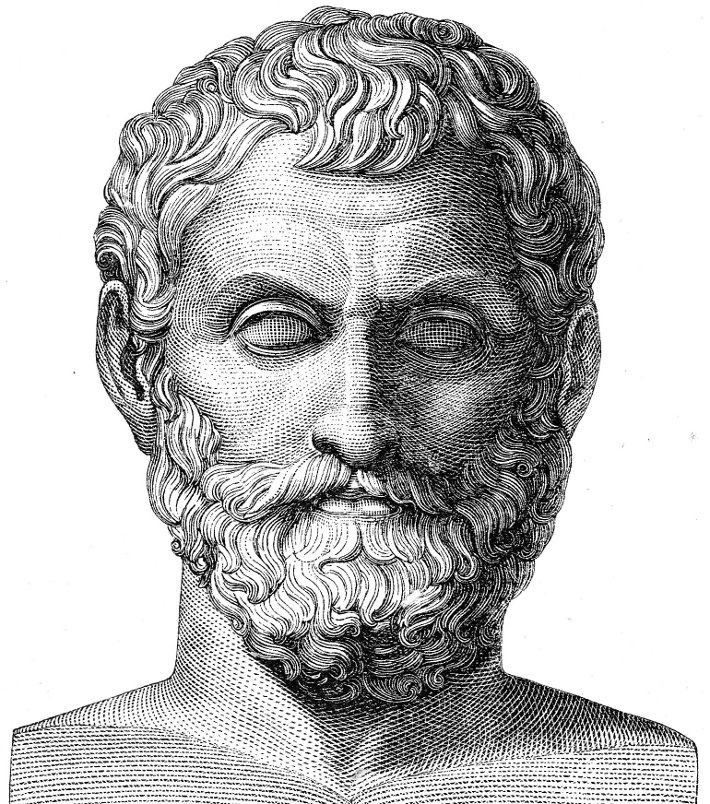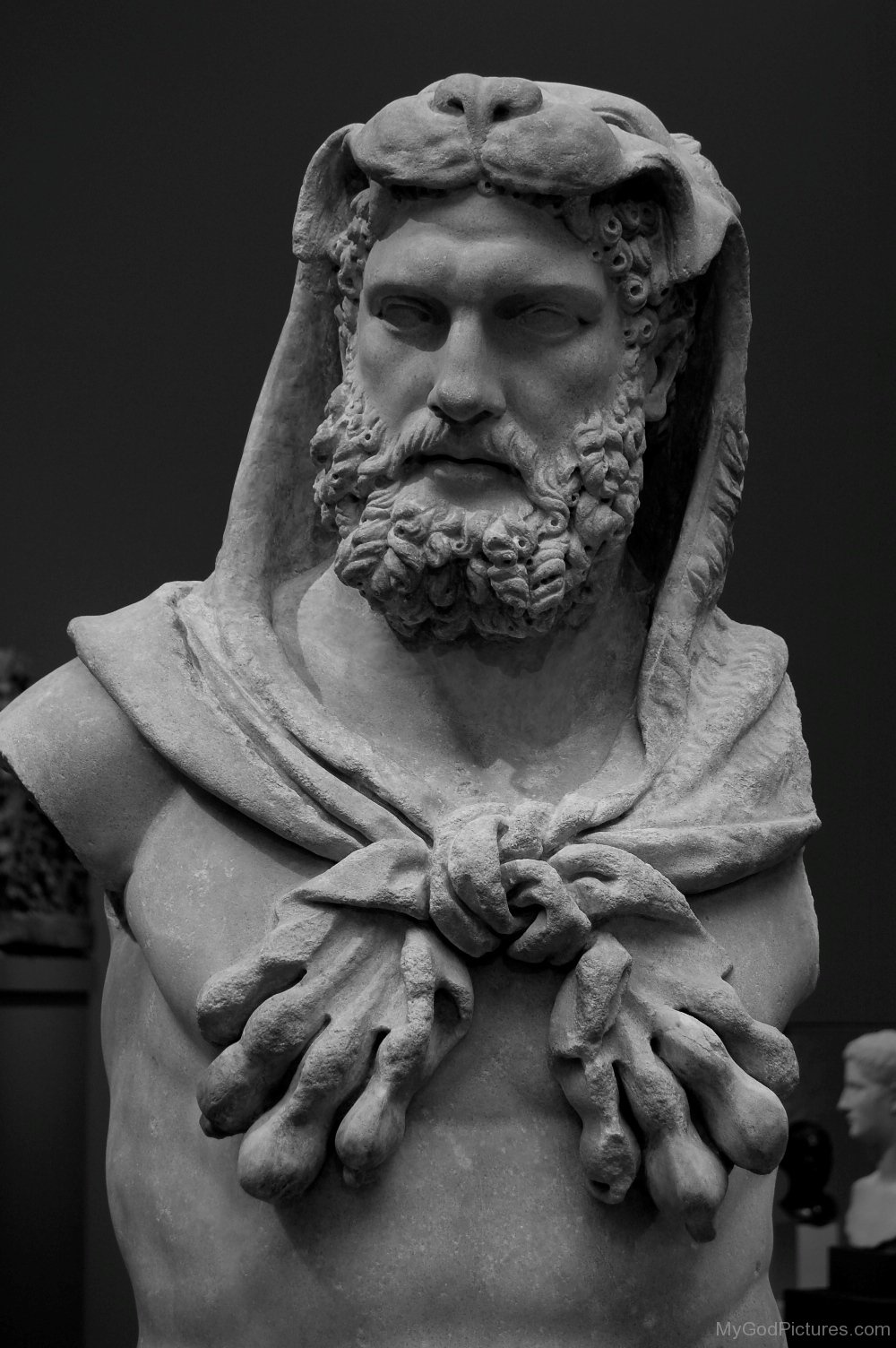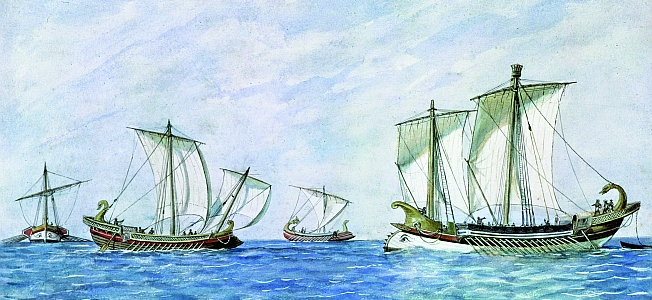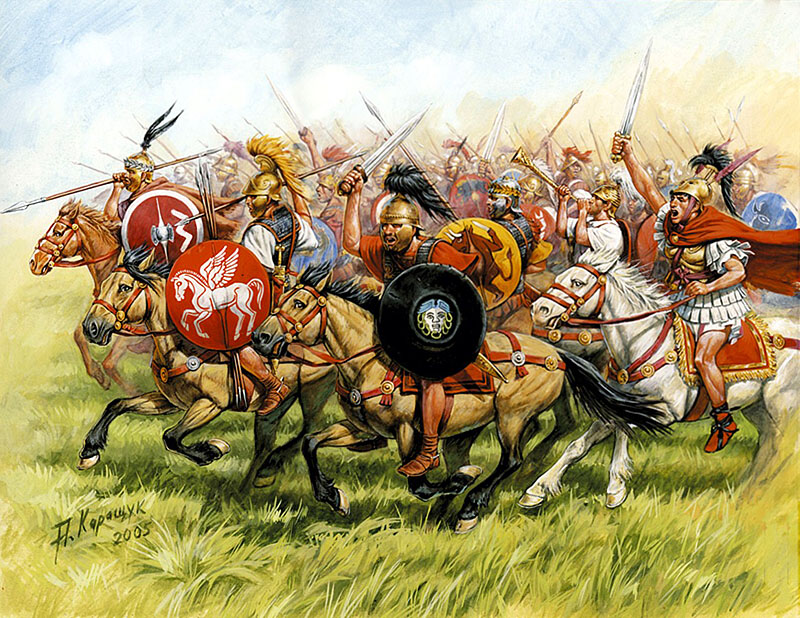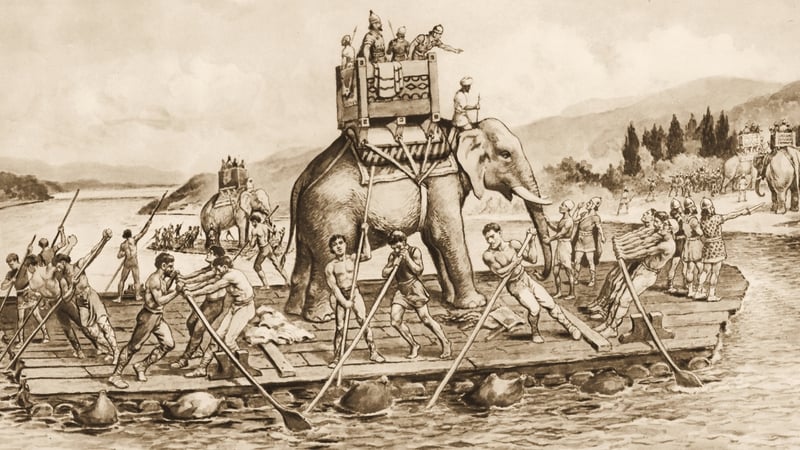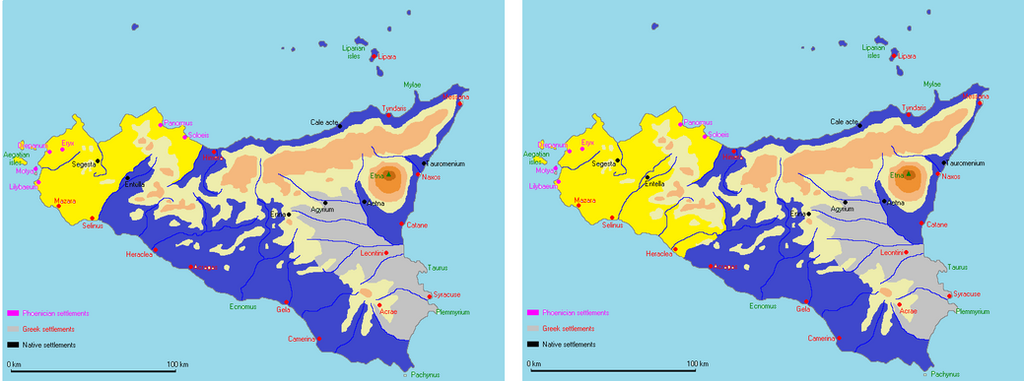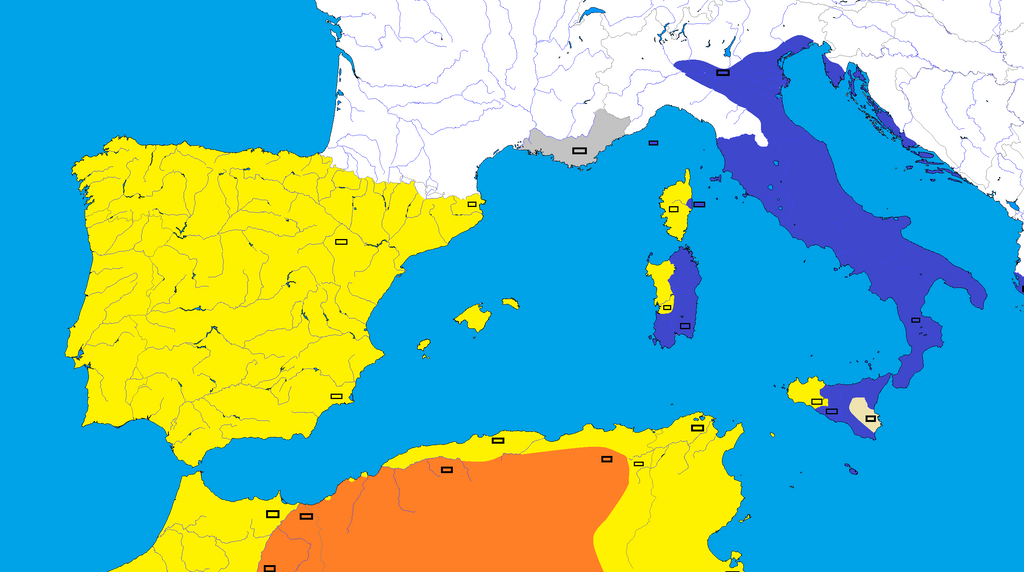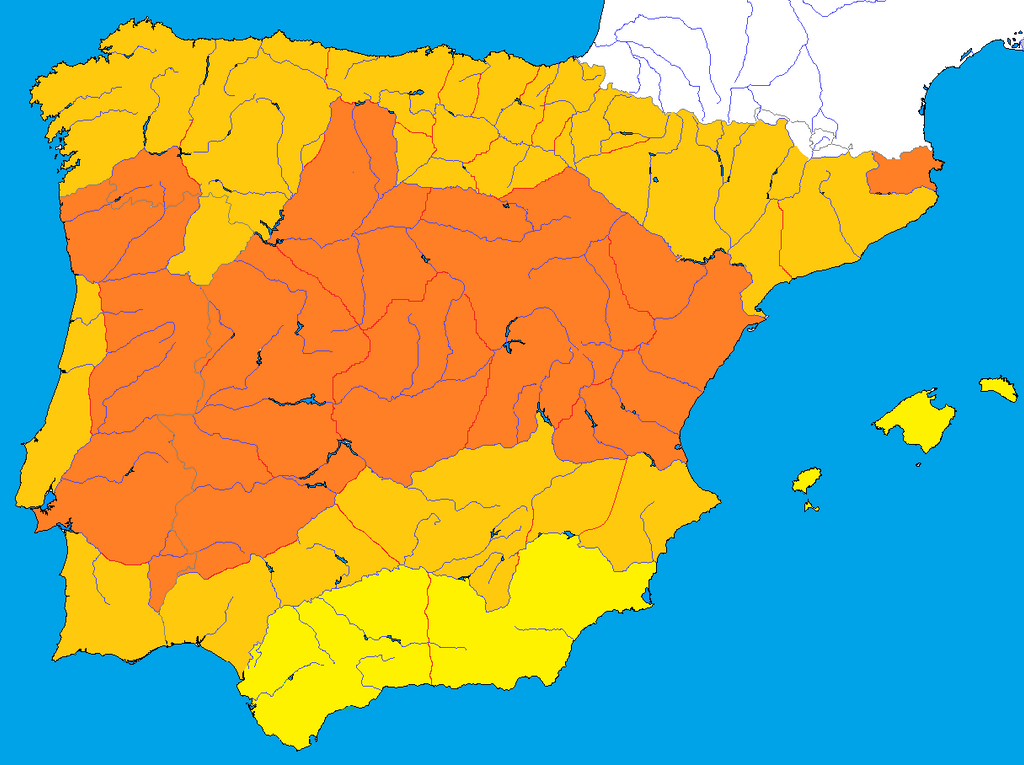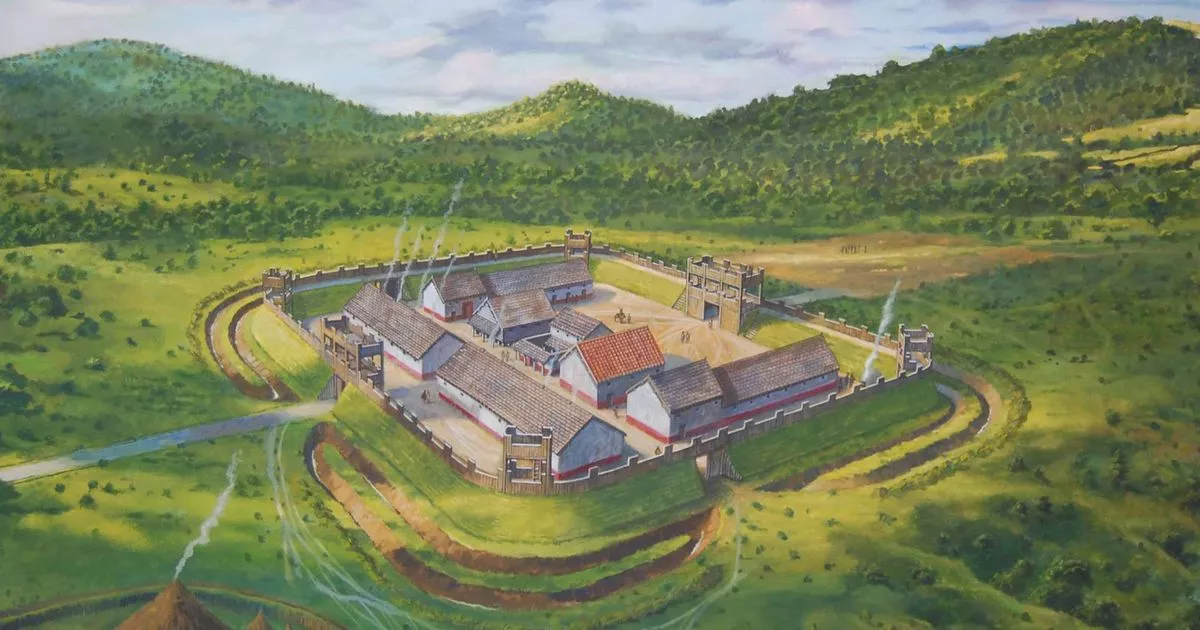Conquest of Hesperia, Battle of Rhodes (Roses) and Emporion, Part 2
Conquest of Hesperia, Battle of Rhodes (Roses) and Emporion, Part 2:
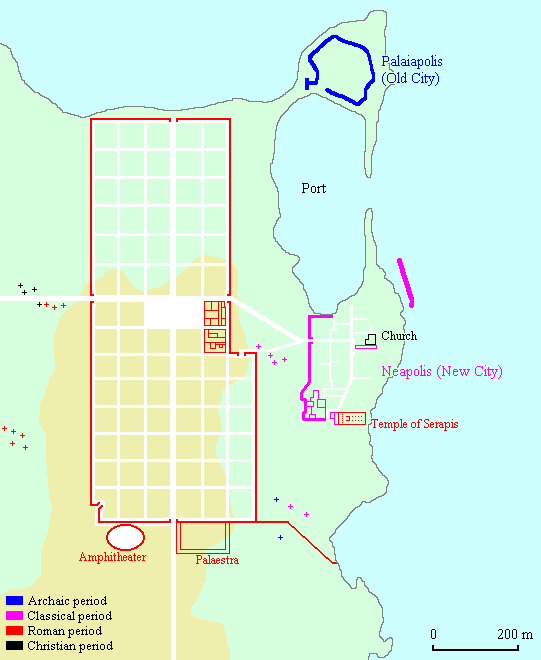
Hannibal's plan was simple, he wanted to break the wall between the city and the harbor. No long siege, no long fight, just cutting the city of Emporion from it's supplies and at the same time directly storming the streets. A dangerous strategy, especially when the enemy had Hoplite troops that could easily build spear and shield walls to prevent him from advancing trough the streets. But Hannibal was confident, that his Hoplites could do the same, while his Falcatesair weakened the enemy Hoplites with throwing spears and his tribal Hesperian warriors and mercenaries (mostly spearman and swordsman) would clean up what was left of them after that. But that was just the plan and who knew if it would work like that in the real battle.
When Hannibal arrived at Emporion the city had already been prepared for his assault. A wooden palisade and extra fortifications were build right before the stone wall of the city and they extant between the stonewall gap between in the cape of an L that extended between the city itself and it's harbor. Hannibal positioned his army around the whole city, so the enemy would be unsure where he would directly attack. Since he outnumbered his enemy, Hannibal could easily do so without risking to spread his men to much. The Messilians had heard of Hannibal's previous battles and were unwilling to directly confront Hannibal outside the city. So they set up their defenses inside the city, where his numbers would not count. Since the Messilian Commander knew he could not hold the wall between the city and it's harbor part, he abandoned this wall in favor of protecting the rest of the main city.
Hannibal's troops attacked this part of the wall directly and managed to take it for Carthage, but this battle was far from over. Hannibal then destroyed a part of the wall to let a large part of his army enter the city directly. Most of his tribal warriors then turned down to the harbor, where they only encountered a few enemy troops from their ships and after finishing them plundered the harbor and it's goods. Without the same moral and command some of these troops focused on plundering and looted rather than returning north to help Hannibal in the rest of his siege. As Hannibals troops reached the main city he was immediately stopped by the positions the Messilian's had took at the outer city houses. The Messilian Hoplites and warriors stopped Hannibal's massed troops and threw spears and stones at them and fired arrows.
Hannibal on the other hand held back his war elephants and cavalry as they couldn't do much against this defense inside the small streets of the city. Carthaginian troops stopped right before the defense line of Messilia and counterattacked them with rocks and javelin, as well as arrows to break their moral, numbers and positions. Slowly but steady Hannibal's Falcatesair managed to break the Messilian Phalanxes and pushed them back inside the city, conquering streets and houses on their way. At the same time the Messilians and Carthaginian were beginning to fight inside and over the single houses, as spear and stone throwers as well as archers were now using them, to assist their troop in the streets by raining down death to their enemies.
The fight continued until the night and Carthage was gaining more and more ground, while heaving great causalities just like the Messilian, who were also heaving enormous losses in this battle. Hannibal was worried about his main infantry and now tried to focus on pushing through some single streets to flank or surround the Messilian lines of defense while sparing his own troops. In the middle of the night Hannibal ordered his cavalry and elephants to now finally break and outmaneuver the already weakened enemy and succeed in doing so. As the new day was coming Hannibal controlled most of the city, while Messilian troops were escaping trough the second harbor, to regroup in Rhodes. But with Emporion gone there was little the remaining enemy troops could now do against Hannibal's superior army, even less so now that the Carthaginian Iberian fleet was coming from the south over Tarraco with some fresh troops and supplies. The Messilian Commanders of both cities used their remaining trade an warships to evacuate the rest of their army, fearing that Hannibal would turn further north to the homeland of Messilia and that these troops would be needed defending their hometown instead of some already surrounded and outnumbered colonies in Iberia.
After the battle was over Hannibal who had lost just over 4,000 men marched to Rhodes, where some of his Commanders had already build bridges to assault the city as his siege of Emporion was still going. Messilia put up quiet a fight but had to retread thanks to them being totally outnumbered after Hannibal's troops managed to capture the hill position above the city and the fortification and castle there under own heavy losses. Another 1,000 troops were lost for Hannibal but he also had destroyed the enemy holdout in Hesperia and made a few thousand slaves from enemy soldiers alone. His allied Hesperian tribes and some wounder mercenaries, soldiers and their families gained the right to settle on the conquered land. Hannibal ordered 20,000 of his troops to garrison newly conquered region. Later at the Pyrenees, he released 11,000 Hesperian troops who showed reluctance to leave their homeland and also let them settle in the eastern conquered part of the former coast of the Iberian Leage. Hannibal then entered Gaul with a new structured army of 40,000 foot soldiers, 12,000 horsemen and a total 50 war elephants. Hannibal recognized that he still needed to cross the Pyrenees, the Alps, and many significant rivers. Additionally, he would have to contend with opposition from the Gauls, whose territory he passed through. So Hannibal crossed the Pyrenees and marched towards the Rhone and Messilia by conciliating the Gaulish chiefs along his passage before the Romans could take any measures to bar his advance. His next step into Gaul would be the City of Agathe or Agde under Messilian control in southern Gaul after crossing the Pyrenees, but unlike in Hesperia Hannibal's did not plan on taking it to guard or control it for his expanding empire yet. He was sure that his sheer force would be enough to get supplies and money out of the city so that he could march on into Messilian territory without a fight yet. He was eager to not let his march be halted anymore now that the Messilian force was already weakened enough to not be any more danger for Carthaginian Hesperia and now that their weakened fleets were no longer a match for their own in the western Mediterranean without Rome. With the captured trade and transport ships from Eporion and Rhodes Hannibal strengthened Hasdrubal's defense of Hesperia, as well as sending some troops further south to protect the Baleares, Libya or the newly needed supply lines for the invasion troops in Corsica, Sardinia and Sicily.
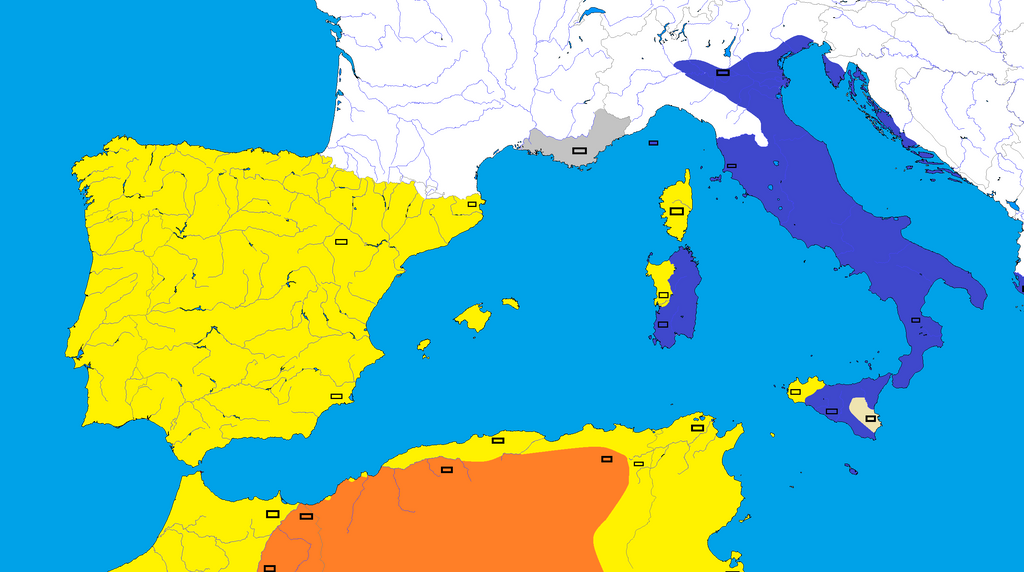

Hannibal's plan was simple, he wanted to break the wall between the city and the harbor. No long siege, no long fight, just cutting the city of Emporion from it's supplies and at the same time directly storming the streets. A dangerous strategy, especially when the enemy had Hoplite troops that could easily build spear and shield walls to prevent him from advancing trough the streets. But Hannibal was confident, that his Hoplites could do the same, while his Falcatesair weakened the enemy Hoplites with throwing spears and his tribal Hesperian warriors and mercenaries (mostly spearman and swordsman) would clean up what was left of them after that. But that was just the plan and who knew if it would work like that in the real battle.
When Hannibal arrived at Emporion the city had already been prepared for his assault. A wooden palisade and extra fortifications were build right before the stone wall of the city and they extant between the stonewall gap between in the cape of an L that extended between the city itself and it's harbor. Hannibal positioned his army around the whole city, so the enemy would be unsure where he would directly attack. Since he outnumbered his enemy, Hannibal could easily do so without risking to spread his men to much. The Messilians had heard of Hannibal's previous battles and were unwilling to directly confront Hannibal outside the city. So they set up their defenses inside the city, where his numbers would not count. Since the Messilian Commander knew he could not hold the wall between the city and it's harbor part, he abandoned this wall in favor of protecting the rest of the main city.
Hannibal's troops attacked this part of the wall directly and managed to take it for Carthage, but this battle was far from over. Hannibal then destroyed a part of the wall to let a large part of his army enter the city directly. Most of his tribal warriors then turned down to the harbor, where they only encountered a few enemy troops from their ships and after finishing them plundered the harbor and it's goods. Without the same moral and command some of these troops focused on plundering and looted rather than returning north to help Hannibal in the rest of his siege. As Hannibals troops reached the main city he was immediately stopped by the positions the Messilian's had took at the outer city houses. The Messilian Hoplites and warriors stopped Hannibal's massed troops and threw spears and stones at them and fired arrows.
Hannibal on the other hand held back his war elephants and cavalry as they couldn't do much against this defense inside the small streets of the city. Carthaginian troops stopped right before the defense line of Messilia and counterattacked them with rocks and javelin, as well as arrows to break their moral, numbers and positions. Slowly but steady Hannibal's Falcatesair managed to break the Messilian Phalanxes and pushed them back inside the city, conquering streets and houses on their way. At the same time the Messilians and Carthaginian were beginning to fight inside and over the single houses, as spear and stone throwers as well as archers were now using them, to assist their troop in the streets by raining down death to their enemies.
The fight continued until the night and Carthage was gaining more and more ground, while heaving great causalities just like the Messilian, who were also heaving enormous losses in this battle. Hannibal was worried about his main infantry and now tried to focus on pushing through some single streets to flank or surround the Messilian lines of defense while sparing his own troops. In the middle of the night Hannibal ordered his cavalry and elephants to now finally break and outmaneuver the already weakened enemy and succeed in doing so. As the new day was coming Hannibal controlled most of the city, while Messilian troops were escaping trough the second harbor, to regroup in Rhodes. But with Emporion gone there was little the remaining enemy troops could now do against Hannibal's superior army, even less so now that the Carthaginian Iberian fleet was coming from the south over Tarraco with some fresh troops and supplies. The Messilian Commanders of both cities used their remaining trade an warships to evacuate the rest of their army, fearing that Hannibal would turn further north to the homeland of Messilia and that these troops would be needed defending their hometown instead of some already surrounded and outnumbered colonies in Iberia.
After the battle was over Hannibal who had lost just over 4,000 men marched to Rhodes, where some of his Commanders had already build bridges to assault the city as his siege of Emporion was still going. Messilia put up quiet a fight but had to retread thanks to them being totally outnumbered after Hannibal's troops managed to capture the hill position above the city and the fortification and castle there under own heavy losses. Another 1,000 troops were lost for Hannibal but he also had destroyed the enemy holdout in Hesperia and made a few thousand slaves from enemy soldiers alone. His allied Hesperian tribes and some wounder mercenaries, soldiers and their families gained the right to settle on the conquered land. Hannibal ordered 20,000 of his troops to garrison newly conquered region. Later at the Pyrenees, he released 11,000 Hesperian troops who showed reluctance to leave their homeland and also let them settle in the eastern conquered part of the former coast of the Iberian Leage. Hannibal then entered Gaul with a new structured army of 40,000 foot soldiers, 12,000 horsemen and a total 50 war elephants. Hannibal recognized that he still needed to cross the Pyrenees, the Alps, and many significant rivers. Additionally, he would have to contend with opposition from the Gauls, whose territory he passed through. So Hannibal crossed the Pyrenees and marched towards the Rhone and Messilia by conciliating the Gaulish chiefs along his passage before the Romans could take any measures to bar his advance. His next step into Gaul would be the City of Agathe or Agde under Messilian control in southern Gaul after crossing the Pyrenees, but unlike in Hesperia Hannibal's did not plan on taking it to guard or control it for his expanding empire yet. He was sure that his sheer force would be enough to get supplies and money out of the city so that he could march on into Messilian territory without a fight yet. He was eager to not let his march be halted anymore now that the Messilian force was already weakened enough to not be any more danger for Carthaginian Hesperia and now that their weakened fleets were no longer a match for their own in the western Mediterranean without Rome. With the captured trade and transport ships from Eporion and Rhodes Hannibal strengthened Hasdrubal's defense of Hesperia, as well as sending some troops further south to protect the Baleares, Libya or the newly needed supply lines for the invasion troops in Corsica, Sardinia and Sicily.

Last edited:
